
Eighteen fragments from Malcolm Le Grice’s After Leonardo (2016)
BFI Southbank, Blue Room, 27 May 2016.
Жанр : документальный
Время выполнения : 8М
Директор : Stefano Miraglia
Краткое содержание
"This installation or performance work puts my own earlier film of the Mona Lisa (1973) through another stage of transformation – my own irretrievable self of some 34 years ago is now also part of the subject I first saw the ‘actual’ ‘Mona Lisa’ when I was about thirteen. Of course I had seen dozens of reproductions in books and postcards by then and the popular mythology of the enigmatic smile was already well engrained in my mind. My strongest impression, as I recall, was how small and unsurprising it was – a heavily protected cultural icon – no longer really a picture – and I was much more excited by the painting of the distant landscape than by the face. My own ‘version’ of ‘la Giaconda’ was never an homage, nor like Marcel Duchamp’s ‘L.H.O.O.Q’, an attack on its cultural power. Instead it came from a fascination with change and transformation – maybe also with arbitrary appropriation." Malcolm Le Grice

Шесть блюющих мужиков (1966) Алфавит (1968) Бабушка (1970) Женщина с ампутированными ногами (1974) Ковбой и Француз (1987) Братья Люмьер сотоварищи (1995) На протяжении 90 минут, сам автор ведёт с вами диалог о ранних работах. Неизвестные факты, подробности, воспоминания о людях, принимавших участие в короткометражках. Причём, диалог тут идёт не от лица «великого и ужасного» Дэвида Линча, а от лица режиссёра, который помнит, что он когда-то тоже с чего-то начинал, не имея при этом ни денег, ни связей, ни даже единомышленников.
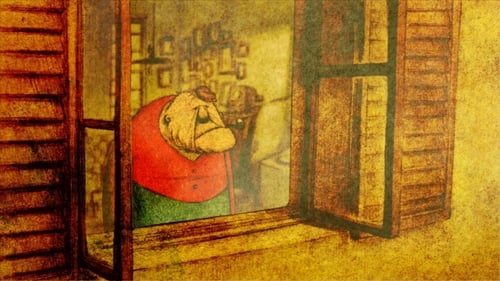
Жил-был одинокий старик в доме, который уходит корнями в глубину из-за постоянно поднимающего уровня воды, и он вынужден строить этаж за этажом. Так и живёт. Однажды, во время очередной достройки своего импровизированного небоскреба, он нечаянно роняет свою любимую трубку. Он берет у какого-то капитана снаряжение и ныряет за ней, но достает из глубин не только её…

Glimpses and sparkles of light lead us onto the dreamy path of a timeless place, immersed within ancient nature. There, the ancestors move beyond the darkness, seeking to create another (im)possible world.

Псевдодокументальный (mockumentary) экспериментальный фильм, в котором показан один день из жизни молодого человека. Действие происходит в День Советской Космонавтики, 12 апреля одного из последних лет существования СССР. За окном постепенно теплеет, ощущается наступление весны, сулящей надежду на возможность перемен в стране. Герой фильма увлекается космосом. Юноша, боготворящий Гагарина, занимается реконструкцией, изготовлением униформы, в которой ходил космонавт в расцвете своей славы. Ещё наш герой – кинолюбитель. Он снимает фильмы с сюжетами космических полётов и демонстрирует их своим друзьям. Фильм стилизован под любительские кинофильмы 1980-х годов и снят на цветной 16-мм плёнке фирмы "Свема", изготовленной ещё в Советском Союзе. Качество этой киноплёнки позволяет зрителю наиболее полно погрузиться в атмосферу времени действия фильма, который посвящён советской космонавтике и Эдварду Вуду Младшему.
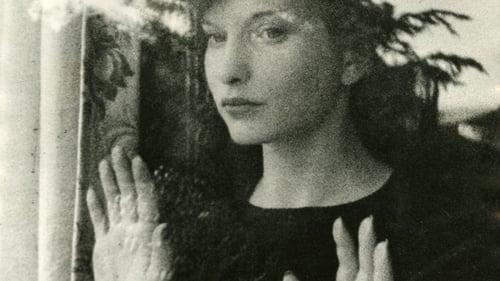
Одинокий цветок на длинной дороге, падение ключа, открытие двери, нож в буханке хлеба, трубка снята с телефона: противоречивые изображения, которые видит женщина, когда она возвращается домой. Она дремлет и, возможно, мечтает. Она видит таинственную фигуру, проходящую вниз по дороге. Нож на ступеньке, затем в ее кровати. Таинственная фигура кладет цветок на ее кровать и затем исчезает. Женщина видит, что все случается снова. Она дремлет в кресле. Она пробуждается, чтобы увидеть мужчину, который поднимается по лестнице с цветком. Он кладет его на кровать. Нож под рукой. Могут ли эти последовательности, подобные мечтам и сновидениям, иметь хороший конец? Зеркало разбивается, мужчина входит в дом снова. Но найдет ли он ее?

Investigating autumn, temporal alterations, and their effect on movement
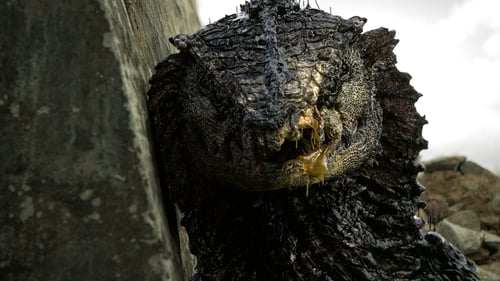
Землю захватили враждебные рептилоиды. Они меняют атмосферу на свой лад, уничтожают культуру и ставят жестокие эксперименты над людьми. Лишь небольшой группе повстанцев удаётся выжить, и они не теряют надежду отвоевать планету.
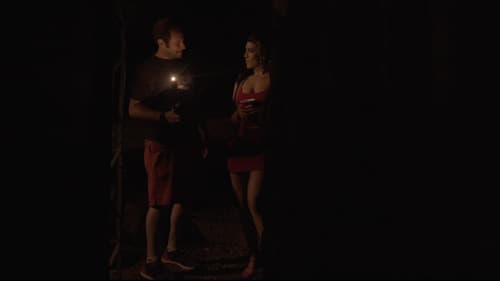
A costume designer is sent to the Catskills for an interactive theatre piece set in the 1920s. When she arrives things seem dark, strange and off. She soon realizes she is part of a student film.

CREMASTER 4 (1994) adheres most closely to the project's biological model. This penultimate episode describes the system's onward rush toward descension despite its resistance to division. The logo for this chapter is the Manx triskelion - three identical armored legs revolving around a central axis. Set on the Isle of Man, the film absorbs the island's folklore ...
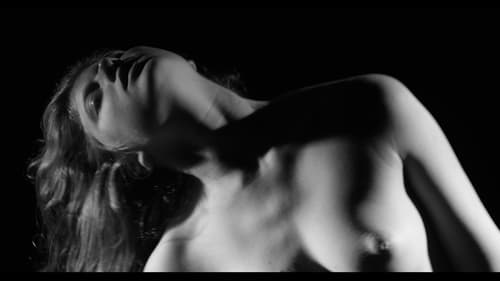
Dance becomes a vehicle to show love's different phases. Amor y Asfixia consists of three scenes that seek to dismantle certain social stereotypes linked to the women's body and its role in dance. It's a short film that experiments with the human body to initiate a bigger discussion.
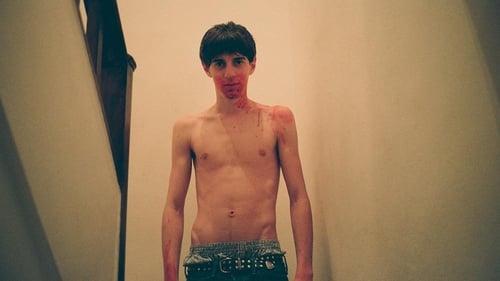
Each day after work, Carlos, a language school teacher, frequents the heady surroundings of his local cruising ground. One evening he encounters a teenage boy from his class named Toni, and the two engage in a brief sexual tryst. As the relationship between teacher and student begins to develop, some dark truths emerge about the young man and his mysterious group of friends.

A visual representation, in four parts, of one man's internalization of "The Divine Comedy." Hell is a series of multicolored brush strokes against a white background; the speed of the changing images varies. "Hell Spit Flexion," or springing out of Hell, is on smaller film stock, taking the center of the frame. Montages of color move rapidly with a star and the edge of a lighted moon briefly visible. Purgation is back to full frame; blurs of color occasionally slow down then freeze. From time to time, an image, such as a window or a face, is distinguishable for a moment. In "existence is song," colors swirl then flash in and out of view. Behind the vivid colors are momentary glimpses of volcanic activity.

A Japanese fairy tale meets commedia dell'Arte. All in white, the naïf Pierrot lies in a wood. Doo-wop music plays as he rises, stares about, and reaches for the moon. Although music abounds and the children of the wood are there at play, Pierrot is melancholy and alone. Harlequin appears, brimming with confidence and energy. He conjures the lovely Colombina. Pierrot is dazzled. But can the course of true love run smooth?
Filmed in France in 1950, it was not completed nor released until 1971

An experimental film comprised of Stanley Kubrick's THE SHINING played forwards and backwards at the same time on the same screen, creating bizarre juxtapositions and startling synchronicities

This hand-painted work is easily the most minutely detailed ever given to me to do, for it traces (as best I'm able) the hypnagogic after-effect of psychological cathexis as designed by Freud in his first (and unfinished) book on the subject - "Toward a Scientific Psychology." (SB)

Arthur Lipsett's first film is an avant-garde blend of photography and sound. It looks behind the business-as-usual face we put on life and shows anxieties we want to forget. It is made of dozens of pictures that seem familiar, with fragments of speech heard in passing and, between times, a voice saying, "Very nice, very nice." The film was nominated for an Oscar for Best Live Action Short Film.

A young man and his dog encounter a sinister force while on a walk through the woods.















